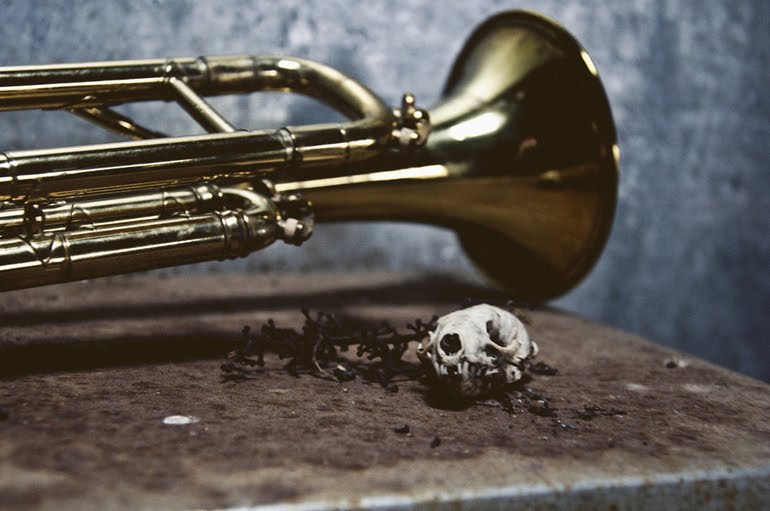
A great little book from the leading British exponent of
HIP. About half of it is on trumpet history, with chapters on natural trumpet, slide trumpet, keyed bugle, cornetto, valve development etc.etc. - everything but vuvuzela. Great reading for a gear buff. The author performs on them all and even restores and makes replicas of historical instruments.
In chapter 15, "Detailed Preparations", he describes the process of recording Haydn and Hummel trumpet concertos on the keyed trumpet: six months of constant gear tweaking and technique polishing to achieve modern precision and evenness of tone across the register on a baroque instrument. Reading it made me question the whole "authentic performance" concept. I very much doubt that back in 1800s
Weidinger or any other contemporary would go through all this trouble; rather, a true authentic performance would have the sour notes, funky intonation, warts and all - especially since there were no microphones to pick up the fine nuances of tone and no recordings for repeated close listening.
Another interesting point:
...the author is anxious to encourage aspiring recitalists to master the techniques of various members of the trumpet family and to alternate between them both in practice and performance so that their audience may enjoy a varied repertoire from different historical periods, and may also appreciate the spectacle as much as the different sounds experienced. (pg.123)
This runs contrary to a lot of folk wisdom I come across - see, for instance, a discussion on hornplayer.net about
horn chops ruined by doubling on trombone or trumpet or
this entry on the Horn Matters blog. I like playing different instruments and was a little worried about "ruining the embouchure". It definitely feels funny switching from baritone to trumpet directly... I guess the word on the long-term effects of doubling is still out.





